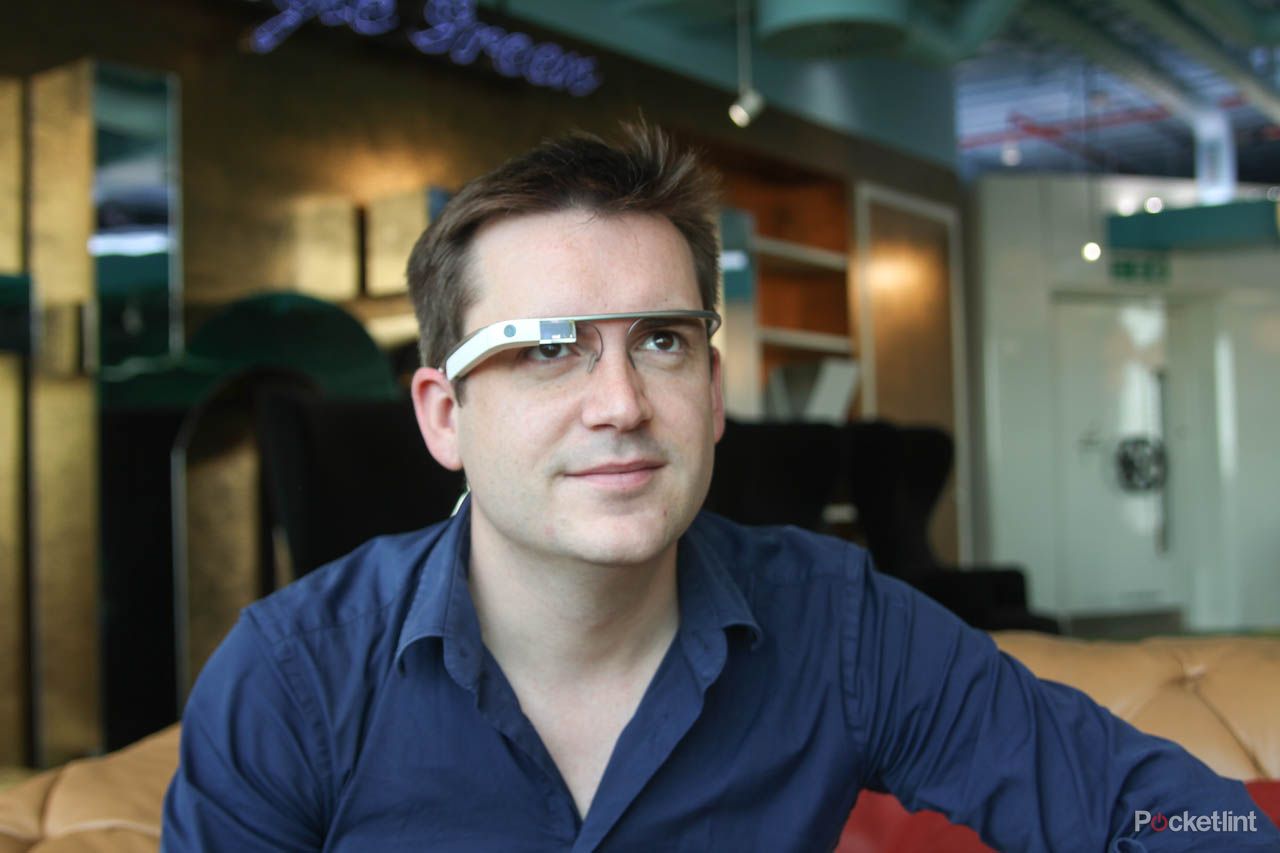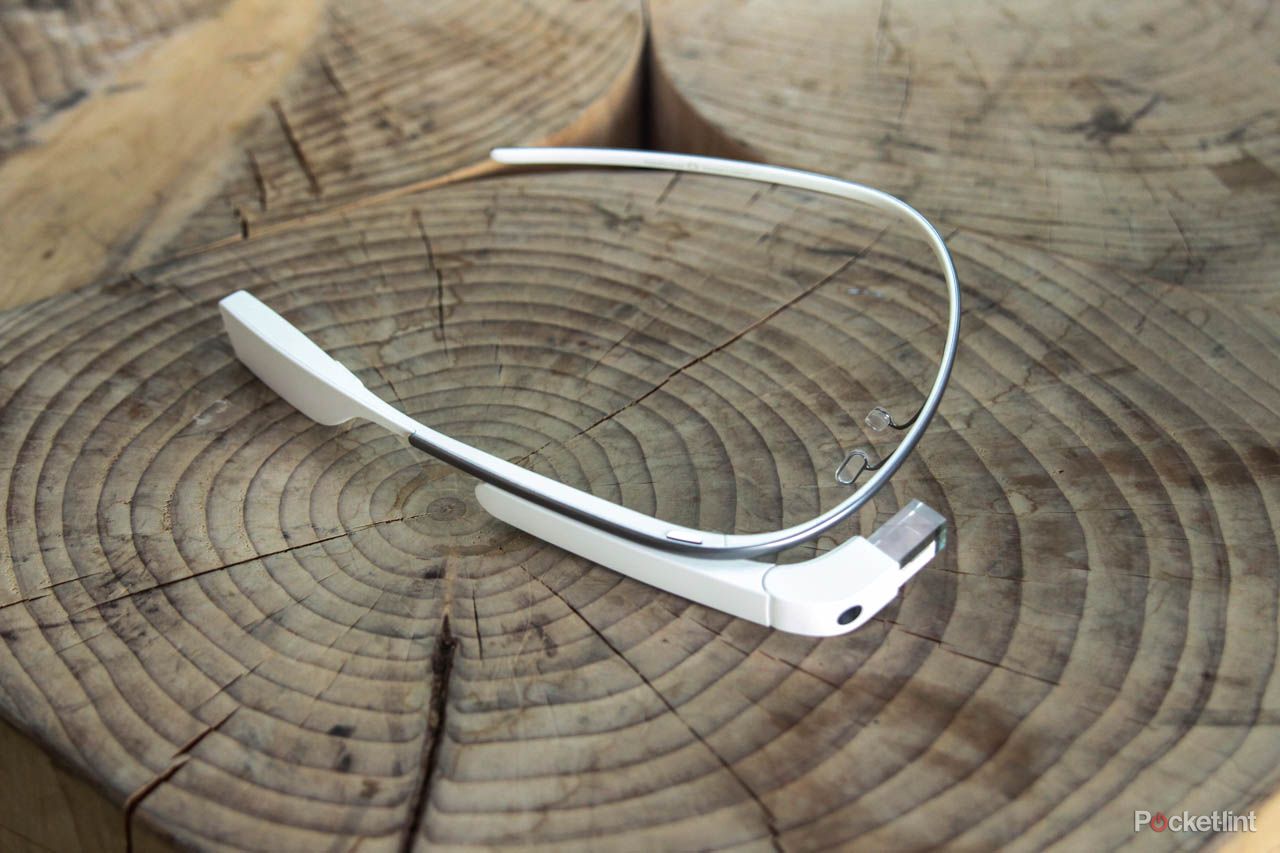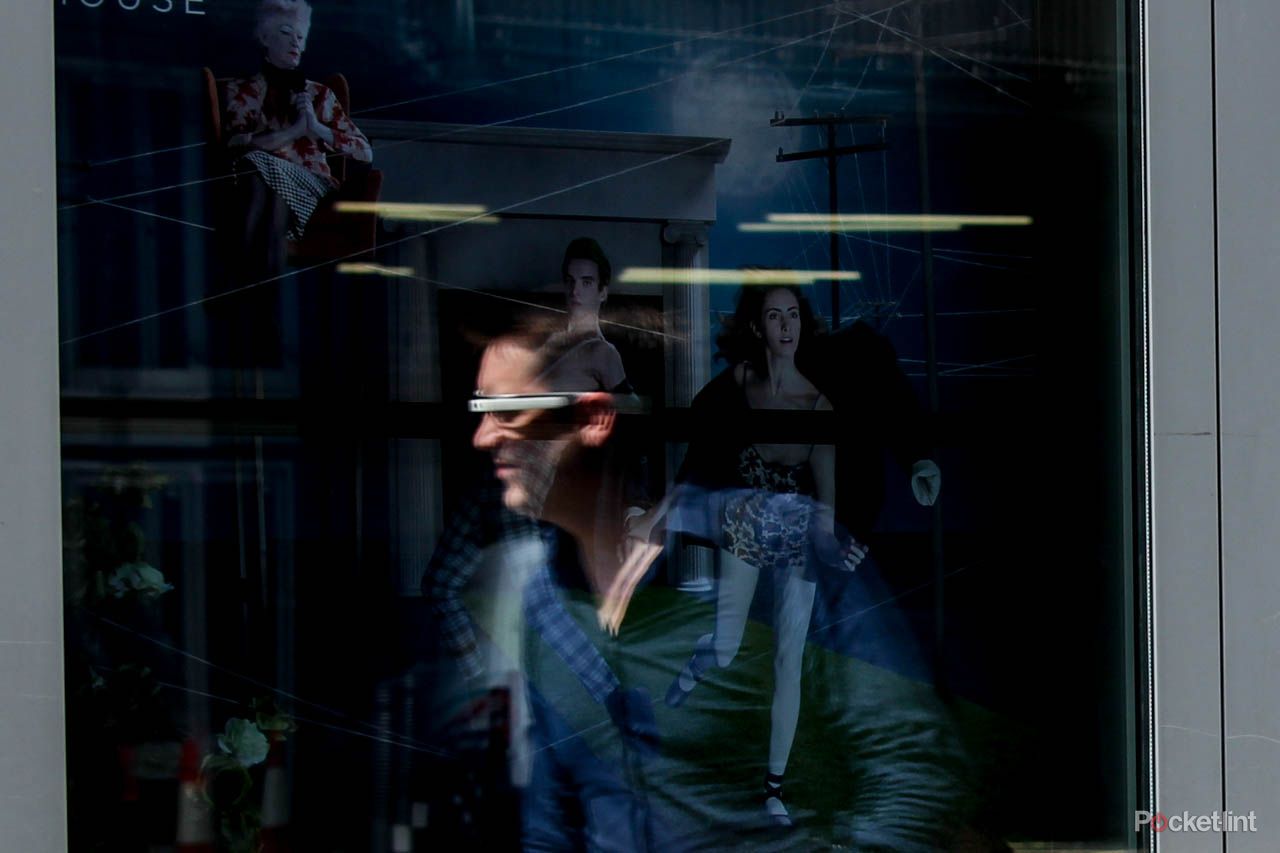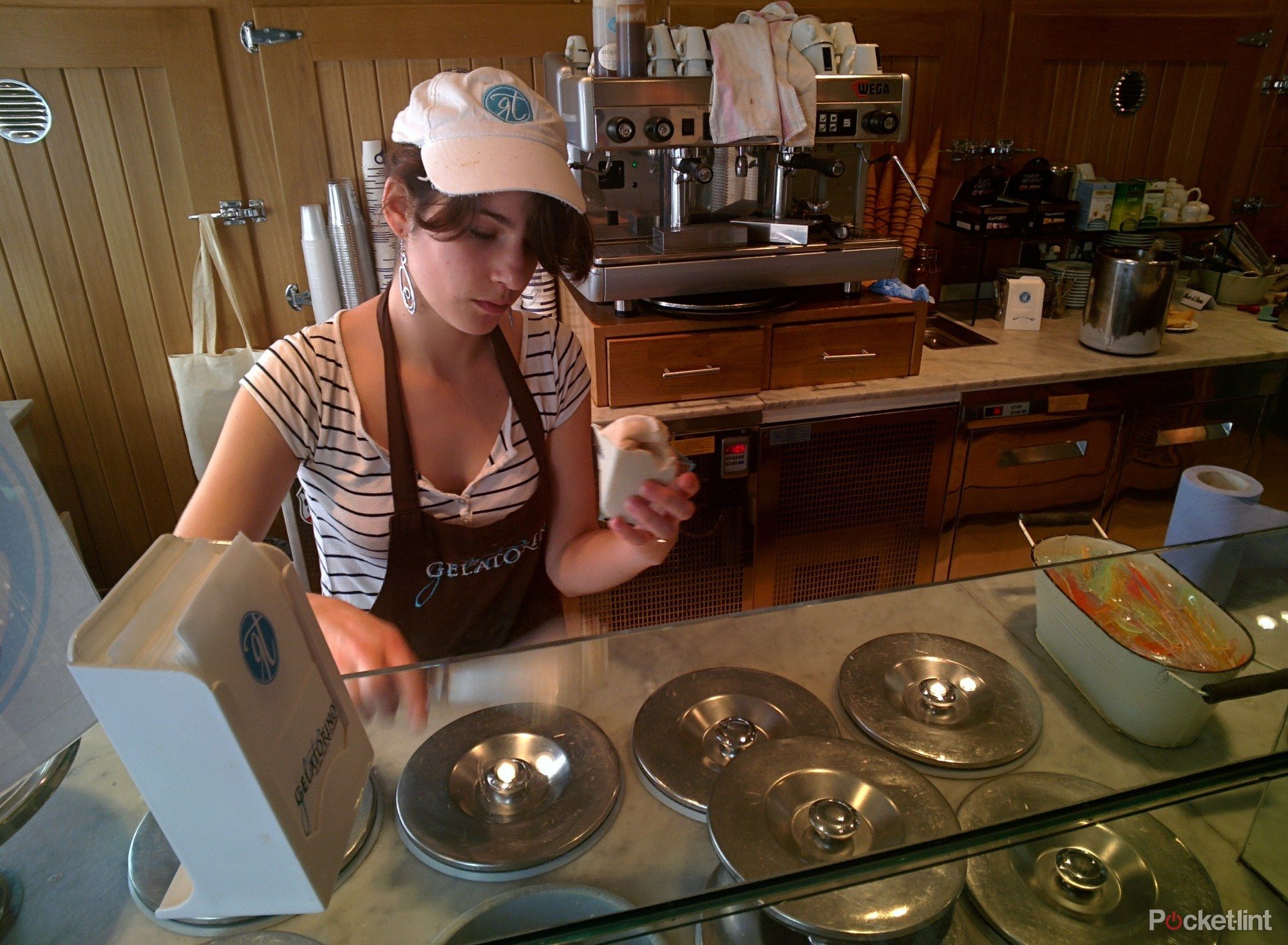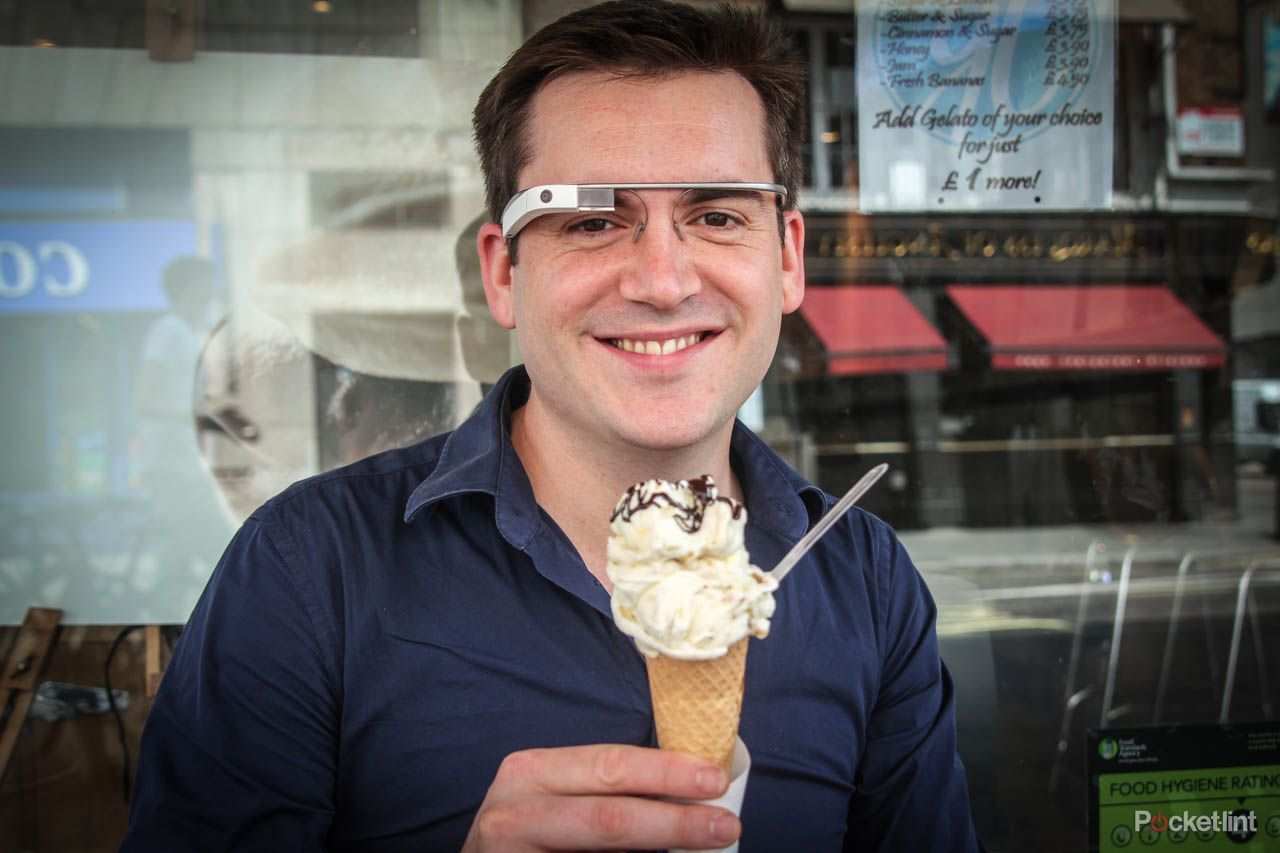"OK, Glass… Get me directions to Scoop Gelato."
After months of American commentary on Google Glass, two have finally made it to Google HQ in London, and Pocket-lint is one of the first publications to put the technology into action on the streets of the capital.
It is hot. We have our priorities in the right order. We want ice cream.
It seems only logical, in our minds, to use the new state-of-the-art concept from Google to help us locate the nearest ice cream parlour. It is the little things, right?
If you've been living under a rock for the last year, Google Glass is the search engine's latest foray into wearable computing.
Described by some as a heads-up display, and others as being like a technologically advanced monocle, it is essentially a miniature display that hovers over your right eye to deliver a bevy of information, such as directions, emails, tweets and even the weather, all via a tap of the frame or through voice command.
It's activated by saying "OK, Glass" and that triggers a simple menu system that only you can see. From here you can take a picture, record a video or start a Google Hangout.
After a brief demo of how it works, we are eager to get out on the streets. We want ice cream, or more to the point, our handler from Google does.
So we get to the business of making that a reality with the help of Glass.
"OK, Glass… Get me directions to Scoop Gelato," we say.
It's a nearby ice cream shop not far from one of Google's central London offices.
The Glass whips into action and thanks to the Wi-Fi internet connection in the Google offices, directions are returned almost instantly.
The screen, which measures in millimetres rather than inches, is still plenty big enough to see what is going on - it's mere millimetres from your eyeball after all - and the display and interface have been designed to be as simple as possible: white text on a shaded background. It is transparent so you can still see what is happening behind the screen.
We quickly find that the interface means it works better on dark surfaces, but that's not really a problem as it turns out that when you look at buildings there is always something dark to look at.
In the confines of Google's mother ship, the idea of wearing a computer on your face is nothing out of the ordinary, even when we walk past Vincent Cerf (the founder of the internet - no, really) he doesn't even bat an eyelid.
Outside is a different matter, however. We are instantly conscious that people are staring.
As we mentioned at the start, it is probably fair to say that while many have heard about Google Glass, few have seen it on the streets of London.
Leaving the security and safety of the Google HQ, we start to follow the directions displayed in front of us.
Directions are pulled from Google Maps, and you can opt for walking, cycling or driving directions to help you get to your destination in the quickest way possible.
The display goes off, and we are told that a flick of our head will wake the screen. It does. We can't help feeling that people are watching.
We walk and talk. It is easy. Having a map float in front of your eye isn't as consuming as staring vacantly into a smartphone, but the world still stares.
This is what it must feel like to be a celebrity. We're not sure we like it, but at the same time we've never felt so popular.
The people staring are a mixed bunch. The tourists that populate the routes to Covent Garden are confused, the guys and girls who do or would read Pocket-lint give a knowing nod. Nobody is brave enough to approach though. For now we are safe.
We get to the ice cream parlour without a hitch following the thick blue line displayed on the clear glass cube that hovers over our eye. At key points, the Glass has audibly told us to turn, but because it uses bone induction technology to deliver the audio, only we've been able to hear it.
We arrive at Scoop Gelato. It's closed. Disaster.
"OK, Glass… Get me directions to Covent Garden," we utter as a change of plan is needed.
Covent Garden is a mere five minute walk away and there is bound to be ice cream there, we think to ourselves.
Google Glass once again springs into action, stealing the 3G connection off the Galaxy Nexus S in the handbag of our handler (connected via Bluetooth). The mapping system finds the route, and off we go again.
Sure enough we find another gelato place, Gelatorino, and we are in luck.
Inside, we are confronted with an array of favours. It's here we use the on-board camera to take some pictures.
When it comes to taking pictures there are a couple of ways to achieve your objective. You can say "OK Glass, take picture", install a specific app that lets you wink, or simply press the dedicated camera shutter button on the top of the frame.
For our experiment we opt for the dedicated shutter button.
It's the next moment that we realise that life is made up of rich, interpersonal experiences that weave together to form the fabric of our daily existence.
In this instance, that might be when you're leaning over a counter to get a better look at the delicious ice creams on offer and the attractive server is also leaning in too. It might be at that moment that you're reminded you have a camera attached to your face and that delicate human interaction feels somewhat more dirty and inappropriate than intended. Something natural is sullied, the innocence stripped. Life is perverted.
Moment over, and inner turmoil activated, we head outside to enjoy our ice cream. The stares continue, but our awareness that we are wearing one of the world's most polarising and early adopter pieces of kit on our head has subsided.
There are currently just 2,000 Google Glass devices in the world, two in the UK, and they cost $1,500 apiece. For us though, the lure of the ice cream is too much.
That's not to stay we've completely forgotten about it. It's there in-vision all the time, sitting slightly above the eye-line. We don't wear glasses or sunglasses for that matter, so that might be a factor, but we do know it's there.
We've been wearing the glasses for around an hour now and they are starting to hurt. The battery unit is heavy on our right ear, and the nose grips are starting to pinch, but we suspect regular glasses wearers would tell us to "man-up".
While licking our Fig Ripple cone with chocolate sauce we have a further play with Google Glass.
Searching for Pocket-lint (eventually, once it gets our accent) delivers the mobile version of the site - although our enjoyment is initially hampered by the cookie agreement we have to show by law in the UK. It's early days (a feature that was only just turned on) and navigating around the web is hard, but for now doable - at a stretch.
It's also apparent that all this time we've been talking it has been very easy to take pictures of our handler from Google, snapping away without her noticing.
We put this to her and she doesn't seem bothered, recollecting a story about how most people have issues to begin with but soon forget you are wearing it. After all, there are better ways to take pictures of people than via a camera on your face, she explains. She is right of course, but with Google Glass that action is a lot more passive and subtle.
Of course, the Glass does other things too. You can check the weather, check Google's stock price, view email and such. There are apps too from the likes of the New York Times and Mashable, delivering breaking news as it happens.
Ice cream finished, it is time to say goodbye and give the glasses back.
Our time has been brief and frivolous, but that to us seems to be the point at the moment. This is Google highlighting a possible future for humans, one that's been featured in sci-fi movies and TV shows as far back as we can remember, and one that isn't ready yet for most people.
The idea of Google Glass at this stage is to experiment and explore the possible futures a device like this can create and produce.
So far, that future is still very unsure. Google Glass isn't for everyone; it shouldn't be for everyone.
But even in our brief time we've learnt a lot. The stares come with its being very different from everything that has come before, the privacy concerns aren't as in your face as we perhaps thought, and while this is a still very much a rich man's folly and will be for many years to come, someone somewhere will find a purpose for it all.
You've got to start somewhere, and we aren't 100 per cent sure this is it yet. Like explaining you've been to a fancy restaurant, people are keen to talk to you about it however, and that is fascinating in itself.

